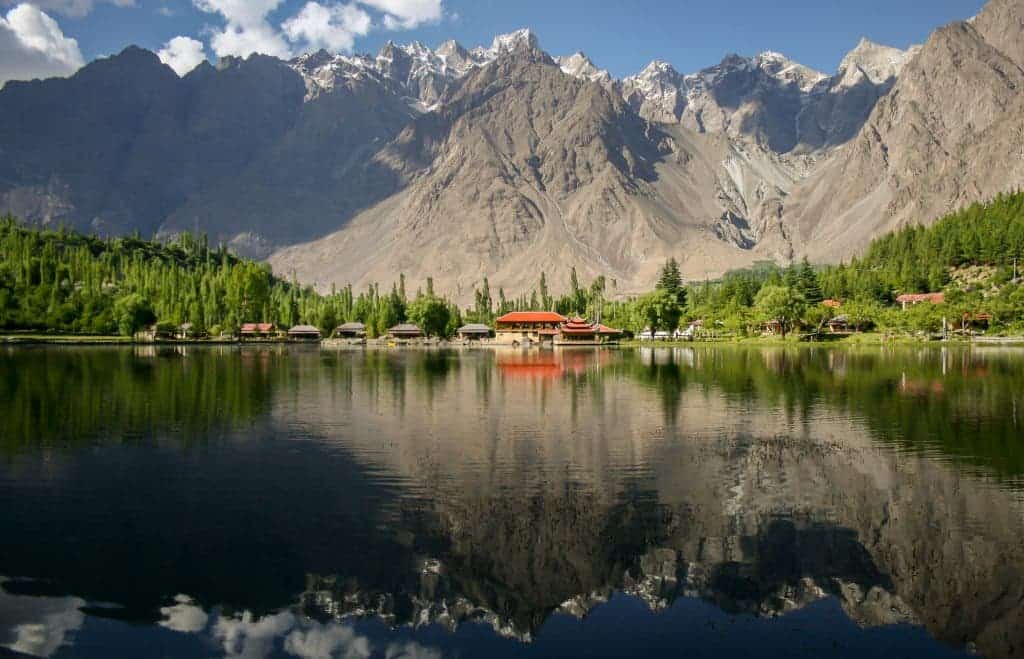Spy drones have been used by the US government on a various occasion in Pakistan to gather intelligence from the tribal area bordering Afghanistan, known for its close ties with terrorist organisations. Most recently, however, drones have been used to capture some mind blowing photos of sights otherwise completely inaccessible. The latest venture follows renowned climbers David Lama and Peter Ortner as they reached the summit of one of Karakoram’s peaks, documenting this formidable adventure.

The Karakoram mountain range is home to the highest density of peaks greater than 8,000 meters above sea level, including K-2 the second highest peak in the world, topped only by Mt. Everest. It’s not that it’s high, it’s technical difficult to climb as well, with many experienced world-class climbers admitting that the legendary Karakoram range puts most of the world’s mountains to shame. Many have perished trying to surmount its heights, and apart from some photos taken by the climbers part of the expeditions themselves and aerial photos taken from afar by helicopter, little documented footage is available as far as extreme mountaineering is concern.
“Here there are so many mountains, and so many difficult mountains, and mountains that haven’t been climbed,” said Lama. “That’s probably why the Karakoram is known as paradise for us.”
Helicopters, while the prime choice for documenting most climbing expeditions, are unpractical however. They’re extremely expensive, and considering the rough terrain, low air atmosphere and flight conditions in Karakoram or broader Himalayan range, they also can pose a dangerous factor for both climbers and pilots. This is where lightweight, unmanned drones came to fill the gap, in what we hope to be one of the first of many such ventures.
A joint project between outdoor clothing and equipment company Mammut, and Dedicam, a firm that specializes in using remote-controlled helicopters to shoot video, the team of engineers and specialized climbers used drones weighing just a few kilograms, and whose cost is but a fraction of that of a full-sized helicopter.
Two drones were used for the expedition, one with four propellers and another with six. Both were manevoured remotely by means of a handheld console that resembles a video game console, and a special pair of goggles equipped with a display which offered the drone’s point of view via its cameras.
It’s not just mountain climbing that drones might make a permanent appearance on. Since they’re extremely flexible and are non-intrusive to competitors, they’re more than fit to document any kind of extreme sport, from surfing to skiing to kayaking. For now, they’re still a novelty, but expect drones to offer you a direct connection between some of the world’s most inaccessible sights and your living room.


